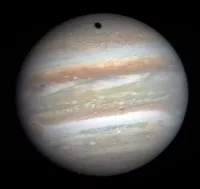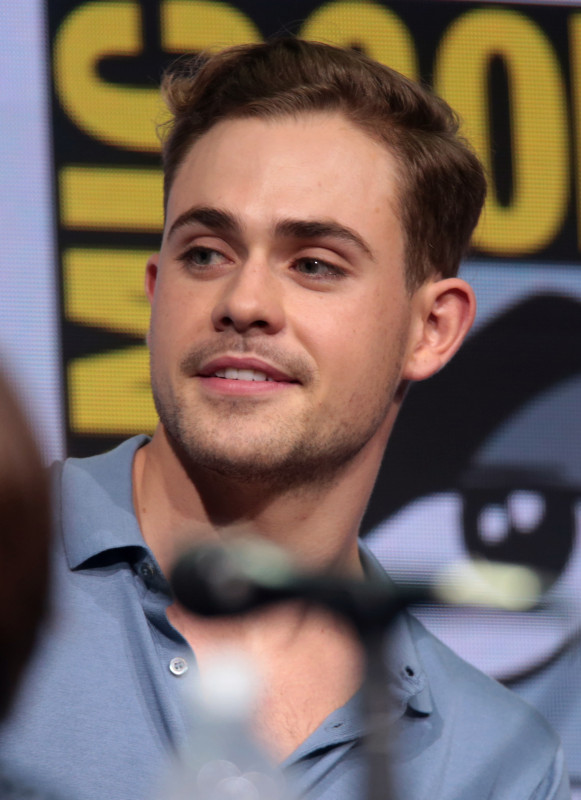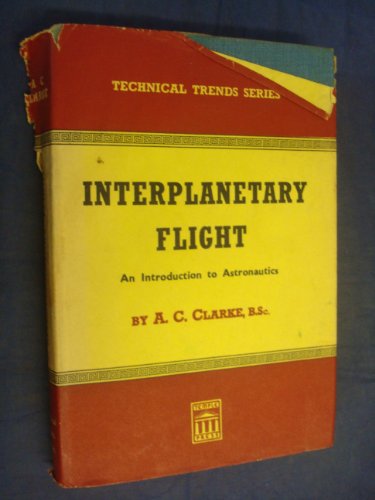Space exploration encompasses the physical investigation of outer space. This is achieved through both uncrewed robotic space probes and crewed human spaceflights. It represents a significant endeavor pushing the boundaries of scientific knowledge and technological capabilities. Space exploration leads to new discoveries about the universe.
1950: Arthur C. Clarke's Motivations for Space Exploration
In 1950, Arthur C. Clarke presented motivations for human space exploration in his book "Interplanetary Flight", arguing that humanity must expand into space to avoid stagnation and death.
1963: Valentina Tereshkova First Woman in Space
In 1963, Valentina Tereshkova became the first woman to travel to space.
1979: Pioneer 11 Flyby of Saturn
In 1979, Pioneer 11 conducted a flyby of Saturn, marking an early stage in the exploration of the planet.
1980: Voyager 1 Flyby of Saturn
In 1980, Voyager 1 performed a flyby of Saturn, contributing to the growing knowledge of the planet.
1982: Voyager 2 Flyby of Saturn
In 1982, Voyager 2 completed a flyby of Saturn, continuing the exploration of the planet begun by previous missions.
1985: International Cometary Explorer First Comet Fly-by
In 1985, the International Cometary Explorer conducted the first comet fly-by of 21P/Giacobini-Zinner before studying Halley's Comet.
January 1986: Voyager 2 Closest Approach to Uranus
On January 24, 1986, Voyager 2 made its closest approach to Uranus, studying its atmosphere, magnetosphere, ring system, and moons.
1986: Voyager 2 Visit to Neptune
During Voyager 2's visit to Neptune in 1986, the spacecraft discovered Neptune's banding, visible clouds, auroras, and a large anticyclone storm, as well as the fastest winds in the Solar System and several new moons and rings. Voyager 2 also gathered data supporting the view that Neptune's largest moon, Triton, is a captured Kuiper belt object.
August 1989: Voyager 2 Flyby of Neptune
On August 25, 1989, Voyager 2 performed a flyby of Neptune, which is the sole visit to the system as of 2025.
1991: Galileo flyby of 951 Gaspra
In 1991, the Galileo probe flew past asteroid 951 Gaspra. This was the first time a probe visited an asteroid.
1993: Galileo flyby of 243 Ida
In 1993, the Galileo probe flew past asteroid 243 Ida. This was the second asteroid visited by the Galileo probe during its mission.
2000: NEAR Shoemaker Landing on 433 Eros
In 2000, the NEAR Shoemaker probe performed the first landing on an asteroid, 433 Eros, after completing an orbital survey of the object.
July 2003: Public Support for Space Program
According to an Associated Press Poll conducted in July 2003, 71% of U.S. citizens agreed that the space program is "a good investment".
2003: New Horizons Mission Funding Granted
In 2003, the New Horizons mission to Pluto received funding from the United States government after a political battle.
2004: Cassini Enters Saturn Orbit
In 2004, the Cassini spacecraft began its orbital mission around Saturn, leading to detailed observations until 2017.
September 2005: Hayabusa rendezvous with Itokawa
In September 2005, the Hayabusa spacecraft rendezvoused with the near-Earth asteroid 25143 Itokawa. Hayabusa then studied the asteroid's characteristics.
November 2005: Hayabusa Lands on Itokawa
In November 2005, the Hayabusa spacecraft landed on asteroid Itokawa twice to collect samples.
January 2006: New Horizons Launched
On January 19, 2006, the New Horizons spacecraft was successfully launched on its mission to Pluto.
2007: Launch of NASA's Dawn Spacecraft
In 2007, NASA's Dawn spacecraft was launched to visit the dwarf planet Ceres and the asteroid 4 Vesta, two of the three largest asteroids.
2007: New Horizons Jupiter Gravity Assist
In early 2007, the New Horizons spacecraft used a gravity assist from Jupiter to help propel it towards Pluto.
June 2010: Hayabusa Returns to Earth
On June 13, 2010, the Hayabusa spacecraft returned to Earth with samples from asteroid Itokawa.
2012: Ratification of Outer Space Treaty by Spacefaring Nations
As of 2012, the Outer Space Treaty, which proscribes national territorial claims in outer space, had been ratified by all spacefaring nations.
2014: Philae Landing on Comet Churyumov–Gerasimenko
In 2014, the Philae lander successfully landed on Comet Churyumov–Gerasimenko as part of the broader Rosetta mission.
July 2015: New Horizons Closest Approach to Pluto
On July 14, 2015, the New Horizons spacecraft made its closest approach to Pluto; scientific observations began five months prior and continued for 16 days after.
2016: Breakthrough Starshot Founded
In 2016, Breakthrough Starshot, a research and engineering project to develop light sail spacecraft for interstellar travel, was founded by Yuri Milner, Stephen Hawking, and Mark Zuckerberg.
2017: End of Cassini Mission
In 2017, the Cassini spacecraft's orbital mission around Saturn concluded after extensive observations.
2017: Authorization of Lunar Campaign by Space Policy Directive 1
In 2017, the lunar campaign was authorized by Space Policy Directive 1, utilizing programs such as Orion, the Lunar Gateway, and Commercial Lunar Payload Services.
2018: First All-Female Spacewalk
In 2018, Christina Koch and Jessica Meir performed the first all-female spacewalk, both of whom had previously participated in spacewalks with NASA.
2019: New Horizons Flyby of Arrokoth
In 2019, the New Horizons mission conducted a flyby of the small planetesimal Arrokoth in the Kuiper belt, as its first extended mission.
2020: NASA Request for Artemis Funding
In 2020, NASA requested $1.6 billion in additional funding for Artemis; the U.S. Senate Appropriations Committee requested a five-year budget profile from NASA.
2022: First Artemis Mission Launched
In 2022, the first Artemis mission was launched.
2024: First Artemis Mission Launched and First CLPS Lander Landed
In 2024, the first Artemis mission was launched in 2022 and the first CLPS lander landed on the Moon, marking the first US spacecraft to land since Apollo 17.
2025: Neptune Orbiter Possibility
As of 2025, a Neptune Orbiter has been discussed, but no other missions have been given serious thought.
2025: Planned Crewed Lunar Flyby for Artemis II
In 2025, the second Artemis mission is planned, which is a crewed lunar flyby.
2027: Initial Lunar Gateway Capabilities Set
Construction on the Lunar Gateway is underway, with initial capabilities set for the 2025–2027 timeframe.
Mentioned in this timeline

Jupiter is the fifth and largest planet from the Sun...

Mark Zuckerberg is an American businessman and programmer best known...
The United States of America is a federal republic located...
NASA the National Aeronautics and Space Administration is an independent...
Japan is an East Asian island country situated in the...

Books are a means of storing information as text or...
Trending

9 months ago Bruce Springsteen's 50th UK anniversary celebrated in BBC documentary, reflecting on early gig PTSD.

1 month ago Stranger Things Cast and Their Celebrity Lookalikes: A Visual Comparison
3 months ago Johor Regent Seeks Sale of $2.7 Billion Singapore Land Near Botanic Gardens
Juan Gabriel born Alberto Aguilera Valadez was a highly celebrated Mexican singer-songwriter known as Juanga and El Divo de Ju...

G Herbo born Herbert Randall Wright III is a prominent American rapper who began his career at He gained initial...

5 months ago Karol G Celebrates Tropicoqueta Album With Quinceañera-Core Ruffled Ivory Gown Appearance
Popular

Stranger Things created by the Duffer Brothers is a popular...

XXXTentacion born Jahseh Dwayne Ricardo Onfroy was a controversial yet...
Turning Point USA TPUSA is an American nonprofit organization founded...

Candace Owens is an American conservative political commentator and author...

Bernie Sanders is a prominent American politician currently serving as...

Melania Trump a Slovenian-American former model has served as First...
